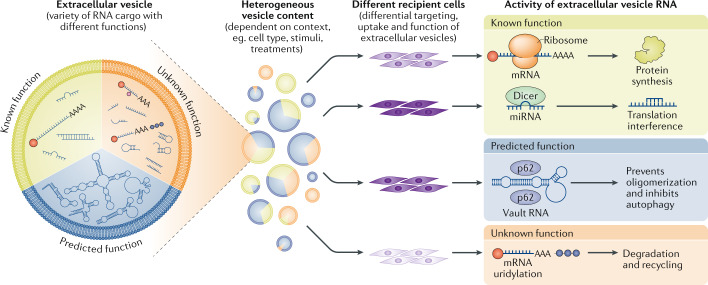Fig. 1. Principles of functional cell communication by extracellular vesicle RNA.
Extracellular vesicles are generated as highly heterogeneous populations with different types of RNA cargo within them and in different amounts and proportions. Functionally, these RNAs can be divided into those with known functions, for example some mRNA, microRNA (miRNA) and small interfering RNA (green zone), those with predicted functions, for example, some transfer RNA, small nucleolar RNA, small nuclear RNA, Y RNA and vault RNA (blue zone) and those with unknown functions, for example, fragmented and degraded (methylated and uridylidated) RNA species (orange zone). This heterogeneity is further enhanced by the fact that extracellular vesicle cargo content strongly depends on the context (for example, cell type, stimuli and treatments). The effect that different kinds of RNA in vesicles can have on recipient cells is dictated in part by the nature of these cells, which will show differential capability for recognizing specific vesicles, their uptake and ultimately their functional effect.

